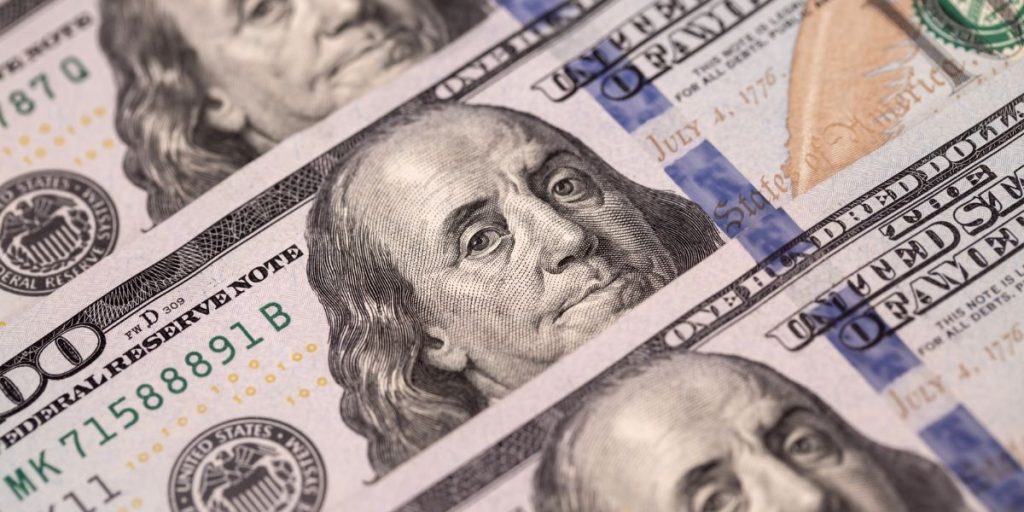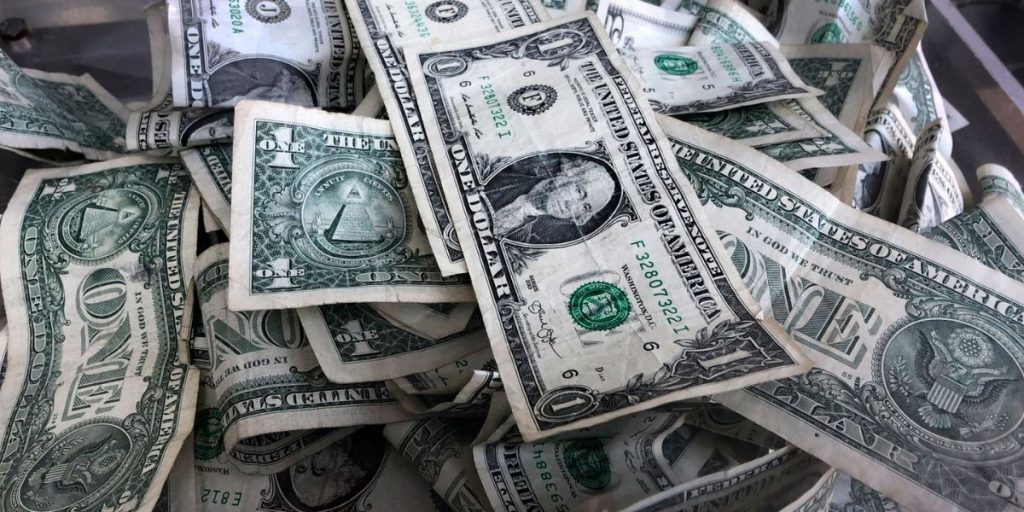Unexpectedly, the US dollar is climbing in global foreign exchange markets, raising concerns. Predicted declines due to the US economy’s slowing and the Federal Reserve’s accommodating posture are being reversed.
Experts credit this unexpected dollar bounce to a number of causes, including recent advances in the US-China trade negotiations, which have boosted investor confidence. Furthermore, concerns about rising global economic uncertainties are driving investors to safe-haven assets such as the US dollar, raising demand and dollar value.
Initially, the Federal Reserve’s preference for lower interest rates was expected to put downward pressure on the dollar, but global economic uncertainty has kept the currency in demand.

Rising tensions in the global economic landscape exacerbate volatility in the foreign exchange markets. The movement of the US dollar will be widely watched as investors deal with these feelings of uncertainty.
The US dollar’s rising trend is being pushed by recent US inflation data and Middle East crises, which raise dollar demand. This has created concern about the Federal Reserve’s planned rate cut, as well as conjecture about a potential halt in rate cuts due to rising domestic inflation rates and global worries.
Divisiveness and protectionism are exacerbating the situation, as there is concern about future tariff plans if President Biden or Donald Trump are re-elected.
The rising dollar impacts global economic stability.
Such actions could disrupt global markets and exacerbate inflation.

Despite the strong dollar, European growth rates remain slow and sluggish. The European Central Bank (ECB) is expected to decrease interest rates in June, but it reiterates its commitment to price stability while ignoring the potential impact on exchange rates.
The strong dollar is also making it difficult for Japan and China to undertake currency-strengthening measures in the middle of an unpredictable global financial market. Efforts are hampered by significant changes in US monetary policies.
China’s condition is deteriorating, with a huge manufacturing trade imbalance, diminishing confidence, and fleeing abroad enterprises, resulting in capital outflows and currency strain. As China’s government struggles with weak growth rates, stock market volatility, and rising corporate debt, overseas investors become increasingly concerned. The consequences are seen globally, influencing markets from Australia to the United States.